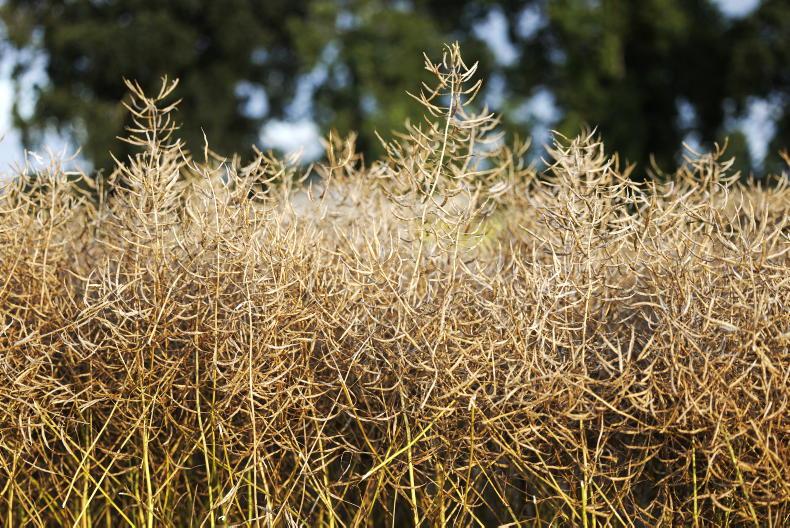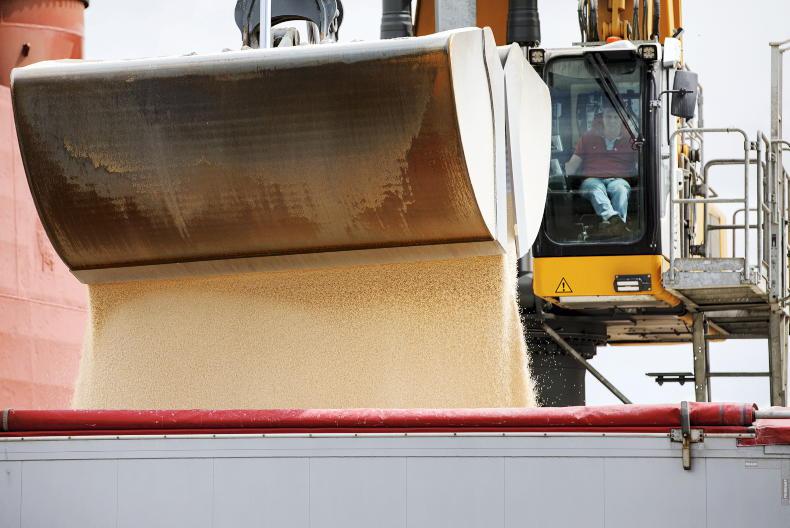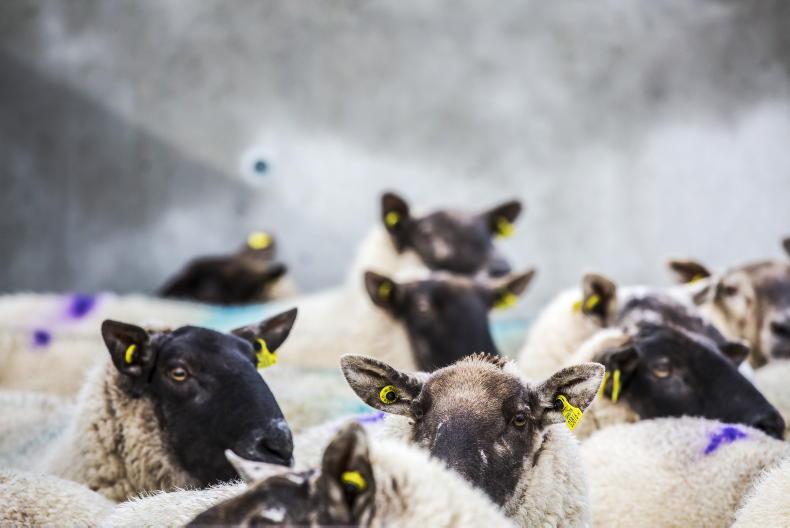The final text of the EU nature restoration law has been agreed after months of trilogue negotiations, with the law's immediate goal being the roll-out of restoration measures across 20% of the EU’s land and seas by 2030.
The law forms a crucial part of the legislation that will guide EU member states towards the targets agreed in the green deal and has been pitched as both positive for the climate and for food security.
The obligation on member states to put measures in place to improve ecosystems will rise after 2030, when measures must be implemented across at least 60% of habitats in "poor condition" by 2040 and at least 90% of these habitats by 2050.
Flexibility
However, the final text of the law shows that flexibility is to be granted to “very common and widespread” habitats under these targets.
The law will see natura 2000 designated lands prioritised for the roll-out of measures up to 2030.
A national restoration plan will have to be submitted by Ireland to the European Commission for approval, which will set out which measures are planned to be implemented to reach the targets and where it is proposed these measures will be rolled out.
Member states will have the opportunity to seek the push-back of farmland-related ecosystem targets for a period of one year in the event an “unforeseeable and exceptional” poses risks to food security.
Peatlands
Further flexibility has been agreed for the controversial area of peatland restoration on the proposal initially put on the table by the Commission last year.
This will allow member states “strongly affected” by this area of the law to restore a lower percentage of their peatlands than has been agreed.
It had remained unclear if any peatland restoration targets would make it into the final text law, as the European Parliament voted to seek the scrapping of peatland restoration and rewetting targets from the text in July.
Member states will have to restore 30% of drained peatlands under agricultural use by 2030, 40% by 2040 and 50% by 2050.
It was also agreed that although there will be national targets for peatlands, there is no obligation for farmers and private landowners to rewet.
Farmland targets
Farmland-specific targets are included in the new law, with Ireland having the option to chose two of the three targets for farmland: area targets for grassland butterflies, high-diversity landscape features on farms; and organic matter in tillage soils.
Time-bound targets have been set to increase the common farmland bird index.
MEPs also voted to seek the dropping of these targets before trilogues kicked off.
Member states must also establish measures to restore at least 60% of habitats in poor condition by 2040 and at least 90% by 2050. An additional flexibility was added for very common and widespread habitats.
The law states that no significant deterioration can occur in habitat quality in areas deemed to be restored to good ecological status.










SHARING OPTIONS